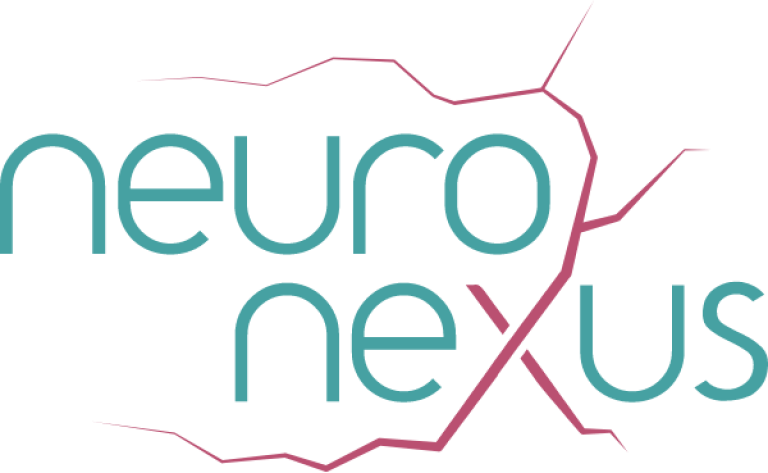Calculation of Muscle Asymmetry
Champion Name
Organization
DragonFly MedTech and NeuroKinetics ClinicChallenge ID
Project Track
Skills Needed
Expand on gravity integrated locomotion modeling research to application in medical diagnostics --
The human musculoskeletal system is complex. Determining the specific areas that are not moving as expected allows to identify those areas for treatment. Causes of impairment can be peripheral such as local tension, or central such as caused from brain related dysfunctions. The very interesting work of Thomas Geijtenbeek from the Netherlands has created detailed movement models using gravity-related calculations ( https://www.goatstream.com/research/ ). His area of application aims mostly for creating various types of realistic walking characters for games. There is opportunity to map Geijtenbeek’s modeling to the live frame data of a walking person from Microsoft Kinect, to then calculate what muscles or muscle groups are in imbalance or not to norms. This would be a first step towards subsequent diagnostic steps. For example, coupling these findings to data from EEG, or clinical physical assessment.
The Microsoft Kinect comes with an SDK (software development kit) which allows to use its wireframe extraction of the human body in custom applications. Geijtenbeek’s research includes open source modeling software which can be a starting point.
